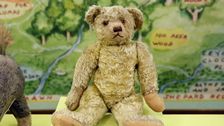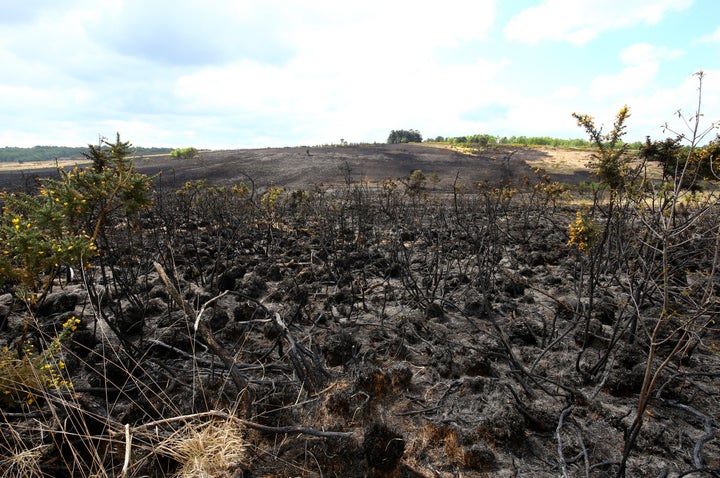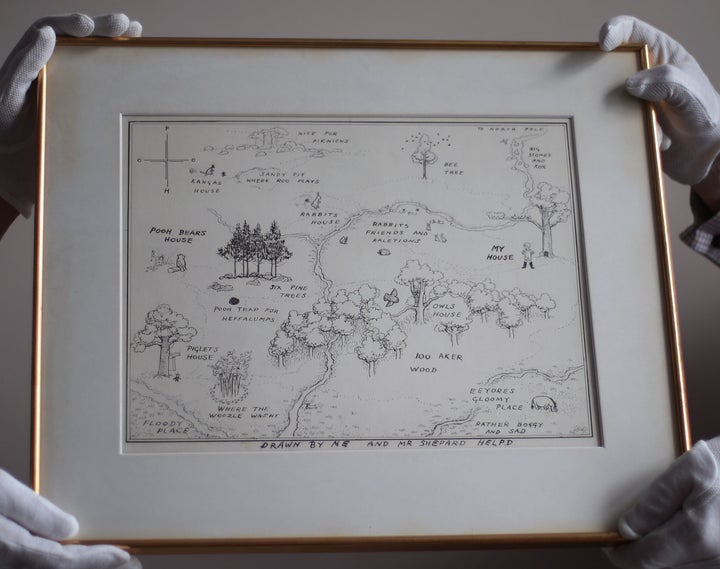
A fire has blazed through the British forest that once inspired author A.A. Milne to imagine a Hundred Acre Wood and the ramblings of a silly old bear named Winnie-the-Pooh.
The fire at Ashdown Forest in East Sussex in southern England started on Sunday night and lasted until early the next morning, park officials reported in a It affected at least 37 acres of the forest.
Local officials that the fire caught quickly because the forest’s undergrowth was very dry. They expected new growth to erase evidence of the blaze within six months.
In February, two wildfires were in Ashdown Forest by volunteers who were conducting a planned burn to manage scrub and gorse.

The forest is composed primarily of heathland, which means it has large open areas dominated by low-lying shrubs and punctuated by a few trees.
Ashdown Forest has long been shaped by the actions of humans. It was in the 11th century and later for .
Today, the forest is most famous for serving as the inspiration for the Hundred Acre Wood, home to Milne’s beloved characters Pooh, Piglet, Tigger, Kanga, Roo, Rabbit, Owl and Eeyore.

In the 1920s, Milne had just north of Ashdown Forest. , the idea for the Winnie-the-Pooh stories came to the author as he observed his young son, Christopher, playing in the woods with his toys. Milne compiled the stories he wrote for his son into the 1926 book “Winnie-the-Pooh.”
E.H. Shepard, the illustrator of those classic stories, was also reportedly by the forest’s heathlands, gorse, bracken and clumps of pine trees.
Several real-life locations in Ashdown Forest appear in the stories ― the hilltop Gill’s Lap became Galleon’s Leap, for example.

In his , Christopher Milne wrote that “Pooh’s Forest and Ashdown Forest are identical.” While the family was at Cotchford, they had to rely mainly on walking for transportation.
“This meant that when we got there we had the Forest almost entirely to ourselves,” wrote Milne. “And this, in turn, made us feel that it was our Forest and so made it possible for an imaginary world ― Pooh’s world ― to be born within the real world.”



